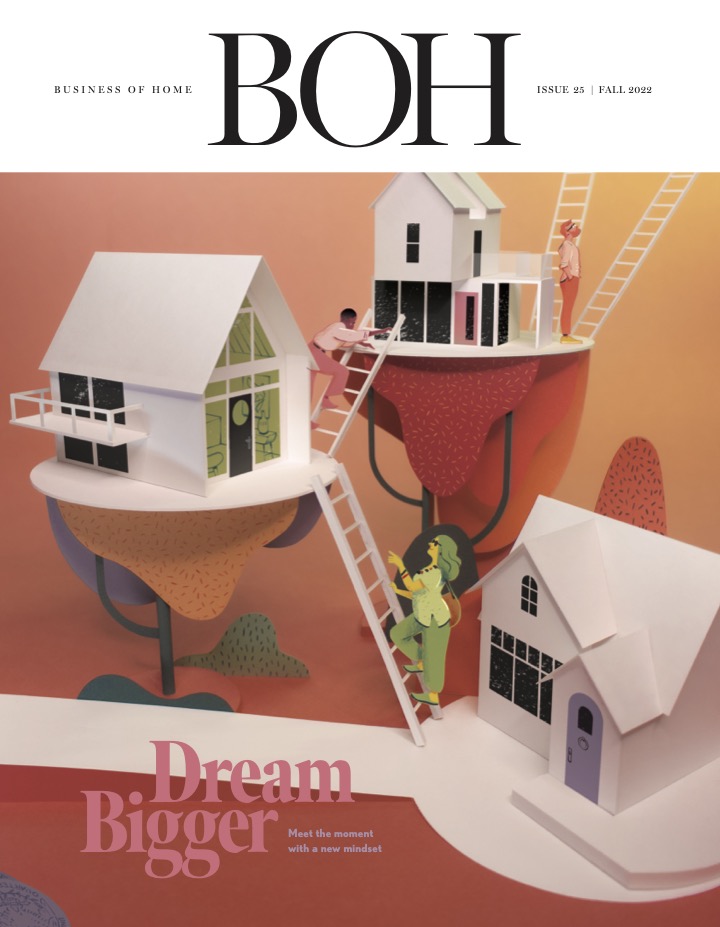The first in-depth study of the architecture of Charles Rennie Mackintosh is to begin at the University of Glasgow early next year.
The pioneering research project ‘Mackintosh Architecture: Context, Making and Meaning’, led by Professor Pamela Robertson, has been made possible through a major grant of almost £620,000 from the Arts and Humanities Research Council.
Mackintosh is today recognized internationally as an architect of world-wide importance, and yet, despite the extensive literature devoted to his career over the past 50 years, his work as an architect is conspicuously under-researched.
'Mackintosh Architecture' will provide for the first time a comprehensive, in-depth evaluation of his achievements as an architect based on an innovative and authoritative combination of archival research, building survey and analysis.
Pamela Robertson, Professor of Mackintosh Studies at the University of Glasgow’s Hunterian Museum and Art Gallery said: Daily Record building. Charles Rennie Mackintosh, Daily Record building – perspective, 1901 Pencil, ink and watercolour. One of the hundreds of designs by Mackintosh that will be analysed as part of the project. “This funding will allow us to refocus on Mackintosh’s core activity as an architect giving us a better understanding of the evolution of these landmark buildings, their patrons and makers, success and influence.’’
The three-year nine-month project, in partnership with Historic Scotland and the Royal Commission on the Ancient and Historical Monuments of Scotland, will deliver a thorough analysis of the context, importance and contribution of Mackintosh's architecture.
It will generate the first detailed catalogues raisonnés of Mackintosh's architectural projects and his architectural designs, together with transcriptions from the practice job-books and other archival sources. It will systematically identify and research the wider networks of clients, contractors and tradesmen and define their contributions. Physical surveys by Historic Scotland and the Royal Commission will identify construction methods, materials, and technology used, and confirm the history of subsequent change.
An invaluable aid to art historians and the general public, the completed research will be made available through a free-access, online database with results analysed in a series of specialist, on-line essays and an exhibition and conference organised by the Hunterian at the end of the project.
About Arts and Humanities Research Council: Each year the AHRC provides approximately £102 million from the Government to support research and postgraduate study in the arts and humanities, from languages and law, archaeology and English literature to design and creative and performing arts. In any one year, the AHRC makes approximately 700 research awards and around 1,350 postgraduate awards. Awards are made after a rigorous peer review process, to ensure that only applications of the highest quality are funded. Arts and humanities researchers constitute over a quarter of all research-active staff in the higher education sector. The quality and range of research supported by this investment of public funds not only provides social and cultural benefits but also contributes to the economic success of the UK. www.ahrc.ac.uk






















